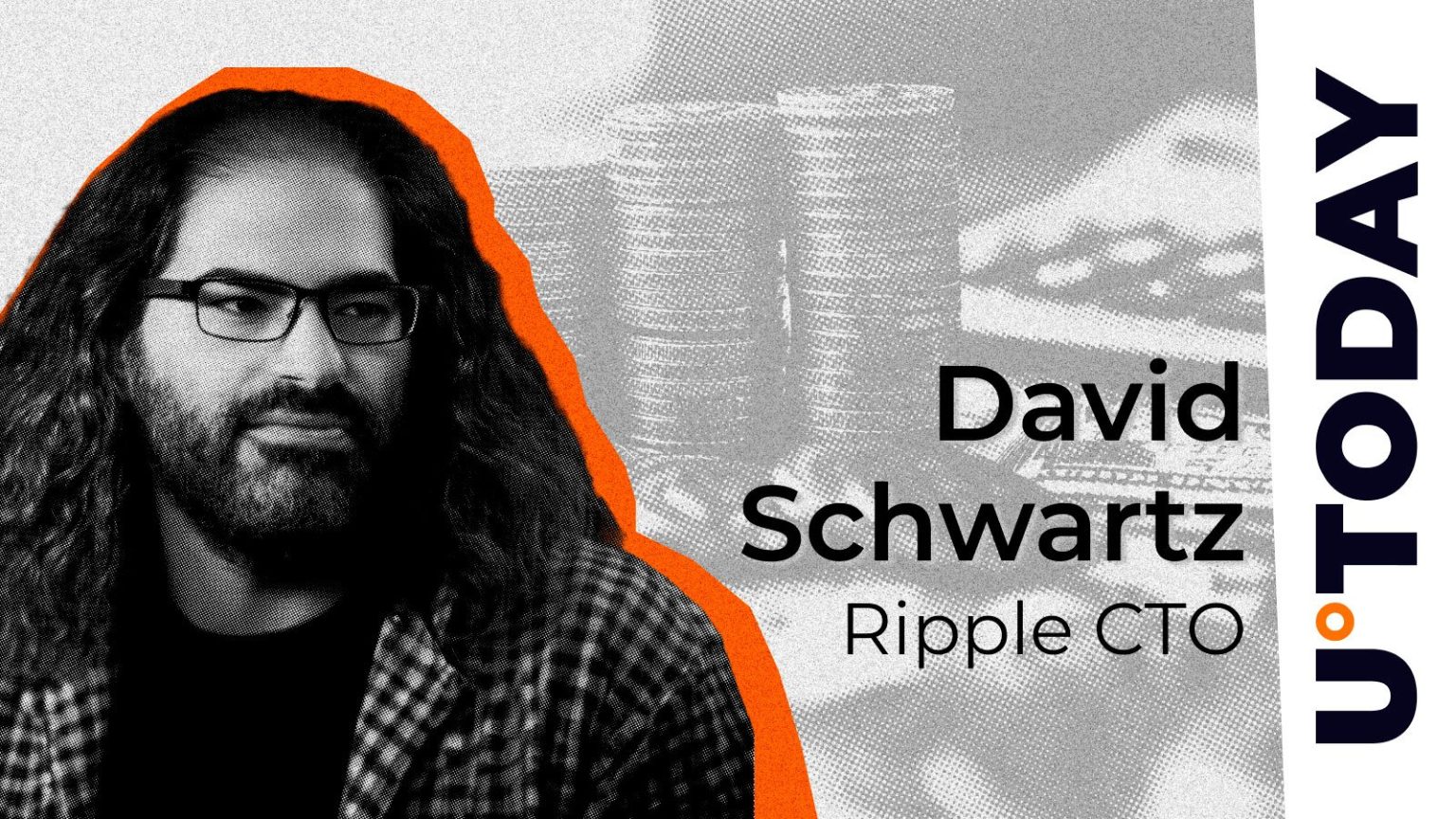Ripple CTO Debunks Misleading Crypto Price and Supply Comparisons
In a recent exchange on social media platform X (formerly Twitter), Ripple Chief Technology Officer David Schwartz addressed the prevalent misinformation surrounding cryptocurrency price and supply comparisons. He emphasized the fallacy of comparing the prices of "one coin" of different cryptocurrencies, arguing that it’s as misleading as comparing their supplies solely based on the "number of coins." Schwartz asserted that both practices perpetuate confusion and should be actively challenged within the crypto community. This statement was sparked by a user’s agreement with Schwartz’s earlier insights on the topic, further highlighting the resonance of this issue among crypto enthusiasts.
Schwartz’s intervention underscores a critical concern in the volatile cryptocurrency market: misinformation can lead to uninformed investment decisions and cultivate unrealistic expectations. The simplistic act of comparing the price of one unit of one cryptocurrency to another ignores the fundamental economic principle of circulating supply. A cryptocurrency with a lower price per unit might have a vastly larger circulating supply, potentially resulting in a much higher overall market capitalization. Therefore, focusing solely on the price of a single unit without considering the total number of units in circulation presents a distorted picture of the asset’s true value.
To illustrate this point, consider two hypothetical cryptocurrencies: Coin A is priced at $1 with a circulating supply of 100 billion, while Coin B is priced at $100 with a circulating supply of 1 million. A superficial comparison might suggest that Coin B is more valuable because its per-unit price is higher. However, Coin A’s total market capitalization is $100 billion, while Coin B’s is only $100 million. This demonstrates how focusing solely on unit price can be deceptive.
Schwartz extended his critique to comparisons based on the “number of coins,” specifically addressing the frequent comparisons between XRP and Bitcoin. While acknowledging similarities and differences between the two, he argued that comparing their supply based purely on the number of units is misleading. Bitcoin has a fixed maximum supply of 21 million coins, while XRP has a maximum supply of 100 billion. At first glance, this might suggest that Bitcoin is inherently scarcer. However, Schwartz contends that this comparison lacks meaningful context.
He highlighted the crucial distinction in the unit value of each cryptocurrency. Bitcoin, trading at a significantly higher price, represents a larger unit of value than XRP. Schwartz argued that the smaller number of Bitcoins in circulation is simply a reflection of this higher unit value. When the total value of both cryptocurrencies is considered, by multiplying the price per unit by the circulating supply, the picture of relative scarcity becomes much more nuanced. He asserted that the comparison of scarcity becomes more meaningful when expressed in common units of value, such as US dollars, rather than simply comparing the number of coins.
Schwartz’s insights serve as a timely reminder for investors and enthusiasts alike to approach cryptocurrency analysis with greater scrutiny. He cautions against relying on simplistic metrics, like price per coin or total coin supply, and advocates for a more holistic approach. This involves considering factors such as market capitalization, circulating supply, adoption rate, underlying technology, and the overall project’s potential. By evaluating these factors in conjunction, investors can develop a more accurate understanding of a cryptocurrency’s value and potential.
The cryptocurrency market is rife with misinformation and superficial comparisons. Schwartz’s intervention serves as a vital call for increased critical thinking and a more informed approach to navigating this complex landscape. By understanding the limitations of comparing "one coin" prices and the deceptive nature of focusing solely on "number of coins" for supply analysis, investors can protect themselves from misleading narratives and make more informed decisions. The key takeaway is to prioritize holistic analysis over simplistic comparisons to avoid falling prey to the pitfalls of misinformation.


